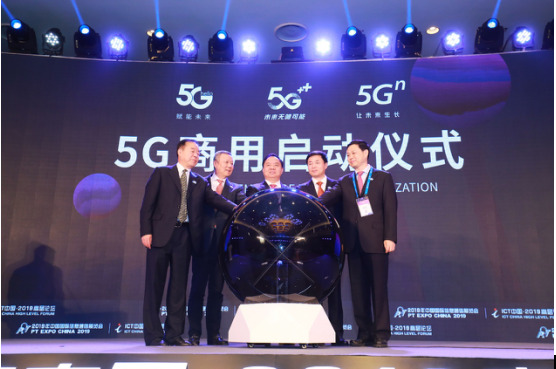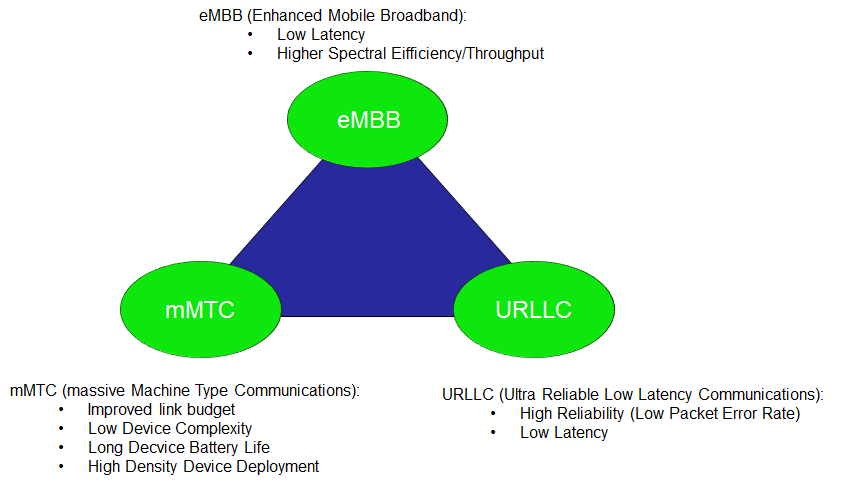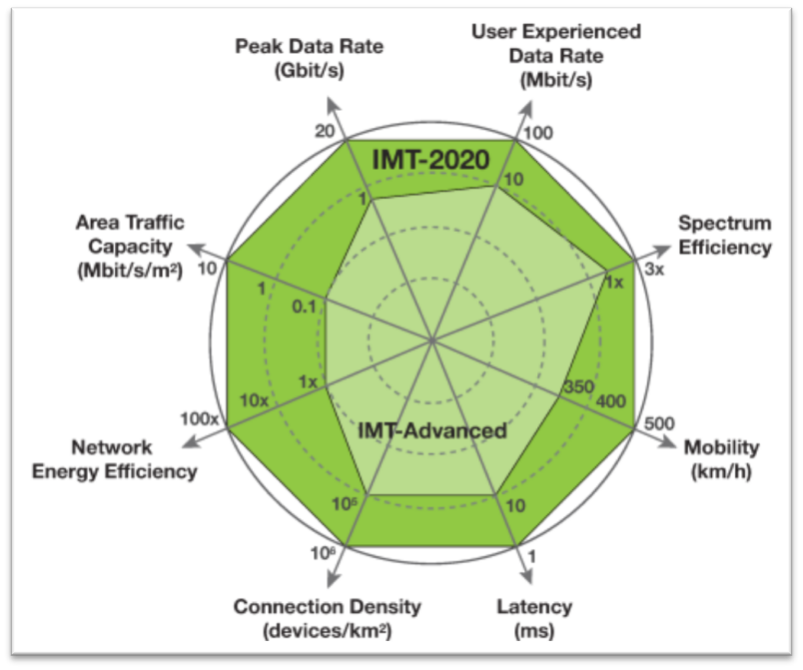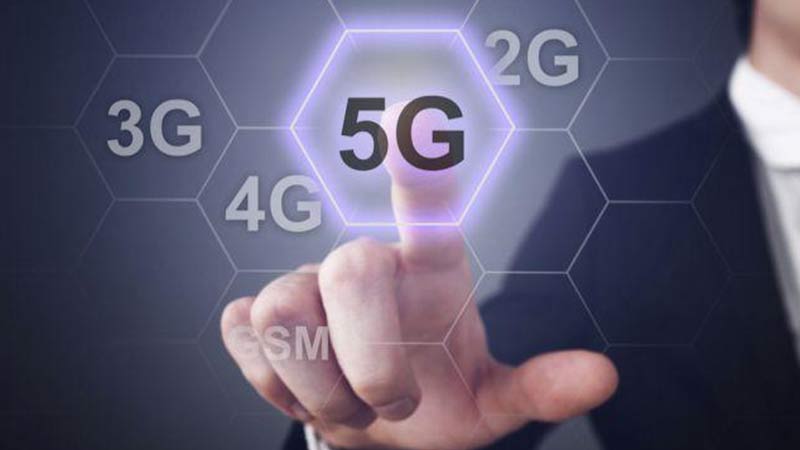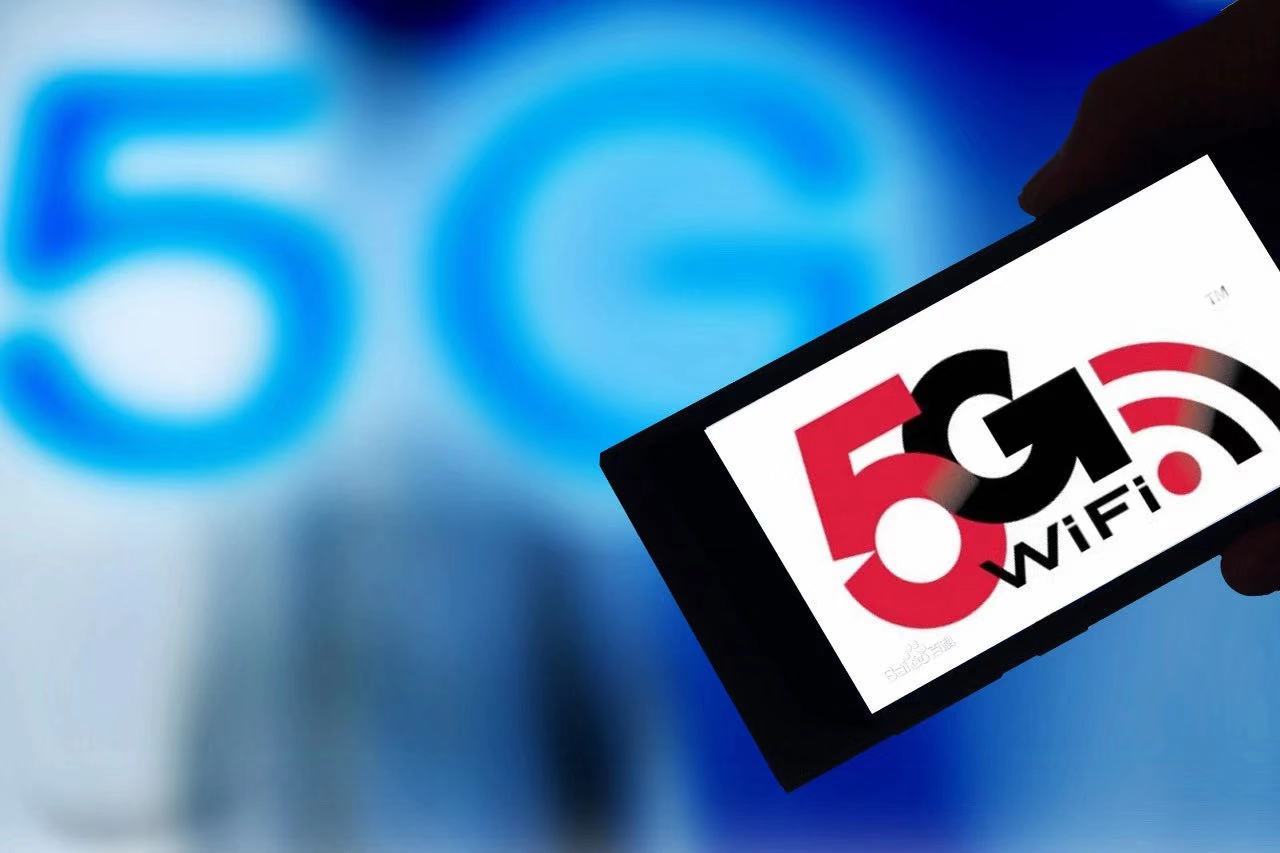Introduction: On October 31, the Ministry of Industry and Information Technology of PRC announced the official launch of 5G commercial services at the 2019 PT Expo China, marking the arrival of 5G commercial services in China. Taihe Institute presents below a comprehensive analysis of 5G commercial services’ value, significance and future development.
I. 5G is not equal to "4G + 1G"
Mobile communications technology has a life cycle of roughly 10 years, and the performance of each new generation of technology varies greatly. Taking the peak rate as an example, in a new technology generation, this is generally over 10 times higher than that of the previous one.
From the perspective of the development of mobile communications services, 1G provides analog, 2G provides mobile data services, 3G provides mobile multimedia services, 4G provides mobile Internet services, and 5G provides mobile Internet of Things services.
From the perspective of social and economic development, 1G changed the mode of communications, 2G opened the Internet world, 3G changed social interaction, 4G changed lifestyle and 5G will change society. 5G will extend the penetration and integration of mobile communications from the field of mobile consumption to all sectors and industries throughout society.
In September 2015, the ITU officially confirmed three major 5G application scenarios: eMBB, URLLC, and mMTC. In order to realize the application scenarios and capability indices of 5G, the biggest challenge is to realize the requirements of ultra-narrowband, ultra-wideband, mass connectivity, high reliability and low latency.
II. 5G represents a revolution in "General Purpose Technology" (GPT)
5G is not only the basis for a new generation of information networks, but also a significant GPT, which will not only have a profound and enduring impact on all walks of life but also drive long-term economic growth. Another GPT, artificial intelligence, will propel society onto a new "intelligent" racetrack. The development of artificial intelligence will empower 5G, develop 5G into a brand-new, open, integrated and intelligent network, promote its cross-border application, and help realize the intelligent connection of all things.
III. 5G's values: catalyze new applications, new Industries and new ecologies
5G is an important supporter for the development of the digital economy and new driving force for its expansion. In 2017, Intel proposed that the integrated development and cross-border application of 5G with cloud computing, big data and artificial intelligence would produce a multiplier effect on economic growth. The 5G Economy report, compiled by IHS Markit, predicts that 5G will have the potential to generate $12.3 tn of economic output, and have a long-term, sustainable impact on global economic growth by 2035.
The principal value of 5G lies in vertical industries, and 5G's technical advantages will promote the digitalization of vertical industries, while generating new industries with new applications. These vertical industries include seven major industries, such as High-Definition Video (4K / 8K), VR / AR / MR; Unmanned Aerial Vehicles (UAVs); Connected Vehicles; Industrial Manufacturing / Intelligent Manufacturing; Smart Medicine; Smart City, and Smart Education.
IV. Seize the opportunity to promote 5G sustainable development
1. Progress made in 5G standardization and R&D
At present, 3GPP has started to formulate the Release 16, which will meet all the technical requirements of the ITU. Work on this standard is expected to be completed in the first quarter of 2020.
2. Only 5G full spectrum access can achieve large capacity and wide coverage
The US Federal Communications Commission (FCC) has decreed the use of high-band spectrum above 24 GHz for wireless broadband services. However, although the high-band spectrum has a large capacity, it is susceptible to interference, the propagation distance is short, and its coverage is small. The United States’ 5G development has been greatly affected by its difficulty in coordinating low-and-mid band spectrum of 5G. China currently authorizes 2.6 GHz, 3.5 GHz and 4.9 GHz to 5G frequency bands, and the mid-band spectrum has certain advantages in solving the coverage problem. Nevertheless, to solve the capacity problem, the 5G high frequency band is still indispensable.
3. 5G technical route selection: China has specified SA direction
In the initial stages of 5G deployment, foreign operators have generally tended to build 5G networks by means of Non-Standalone (NSA), and then upgrade to Standalone (SA). However, this requires the transformation of 4G networks, and 5G and 4G networks need to be switched frequently.
Chinese operators plan to use a small number of NSA in the early stages, and after the introduction of 5G SA / NSA dual-mode devices, will immediately use SA to build the network. This method not only does not affect the existing 4G network, but also supports network slicing and multi-access edge computing, rapidly responding to new business models to meet the needs of vertical industries.
4. 5G network deployment: take cost, efficiency, and security issues into consideration
From the perspective of network architecture, both 4G and 5G networks are oriented towards packet domain. The 4G network could gradually evolve to support 4G and 5GC (5G core network) through such steps as CU (Control Plane and User Plane) separation, control plane cloudification, and the integration of 5GC functions.
In terms of business development, 4G and 5G will coexist for a long time, while 2G and 3G services will gradually advance to 4G and 5G, circuit domain voice services will gradually advance to VoLTE, and Internet of Things services will gradually advance to NB-IoT and eMTC. At the same time, the requirements of governments, enterprises and individuals for network security will increase. Therefore, the next step is to pay attention to the network security risks of the 5G era.
V. The future of 5G development: use multiple ways to empower vertical industries and build 5G industrial ecology
The focus of 5G in the early stages is to enhance mobile broadband services, such as High-Definition Video, VR / AR / MR and the like. In future, the integration of 5G and vertical industries will be gradually extended to industrial applications with higher demands for network capacity, for instance, Connected Vehicles and the Industrial Internet of Things. Only through promoting the integration and development of 5G with more vertical industries, and participating in the construction of 5G ecology by multiple parties, can the huge value potential of 5G be truly released.
—————————————————————
ON TIMES WE FOCUS.
Should you have any questions, please contact us at public@taiheglobal.org
